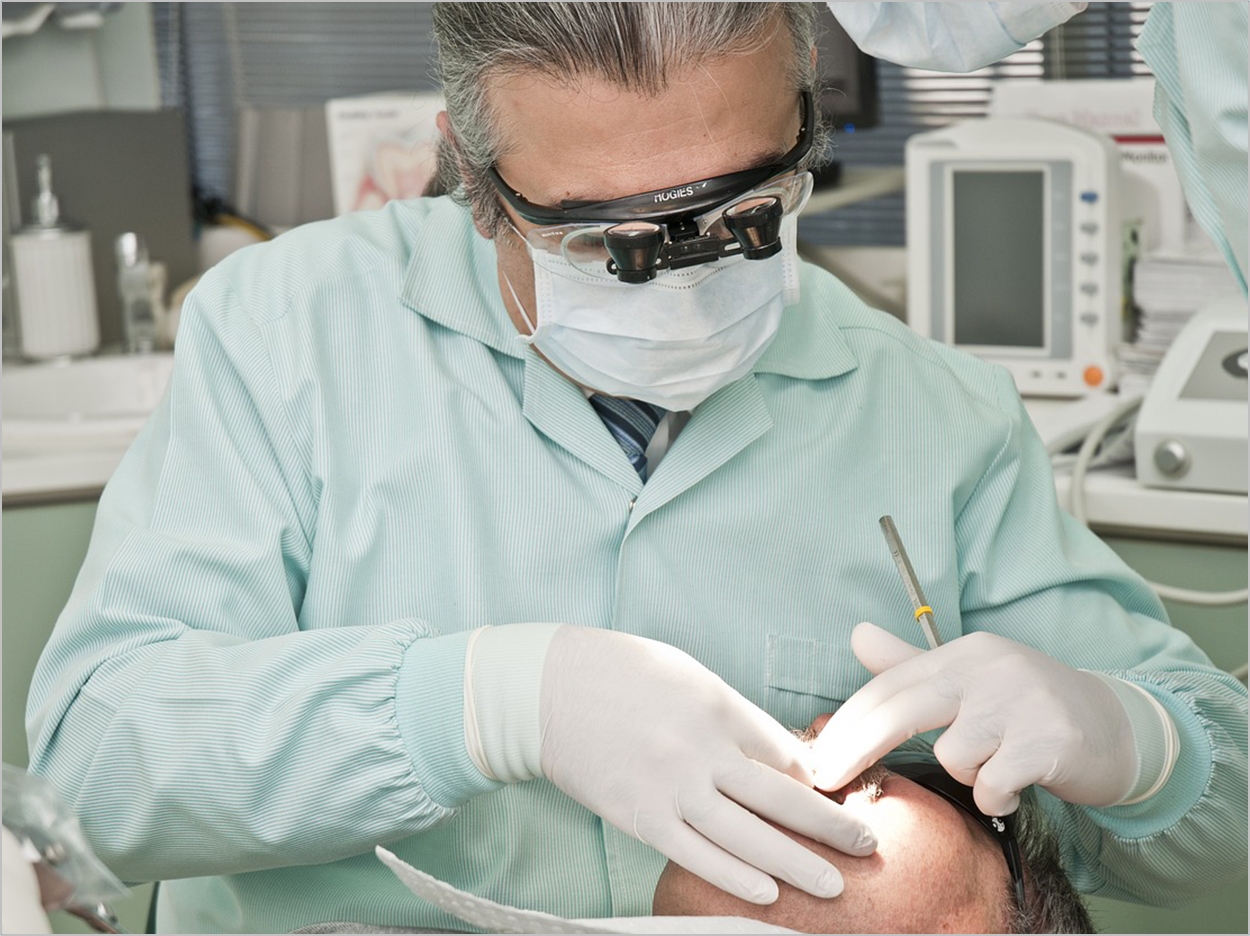
Even with information literally at their fingertips, many patients simply don’t have oral health literacy, which the ADA defines as “the degree to which individuals have the capacity to obtain, process, and understand basic health information and services needed to make appropriate health decisions.” Oral health literacy, and how to improve it, was a key topic at the AGD’s Scientific Session on July 14.
“This effort is greater than all of us, but each of us can play a significant role. When one truly understands the importance of oral health, he or she acts upon it, and action, in turn, becomes ingrained as value. This concept, known as patient activation, is the unspoken solution to improving oral health,” said Myron J. Bromberg, DDS, AGD emeritus member, who moderated “Oral Health Literacy Awareness, a National Healthcare Priority.”
“Unfortunately, studies have shown that education alone does not translate to value that leads to patient activation and positive patient outcomes,” Bromberg said. “Education must be coupled with action; specifically, health promotional activities to ultimately result in patients realizing and acting upon their need for preventive care, both through self-care at home and through regular visits to their dentist.”
Panelists Ralph A. Cooley, DDS, and Rocky L. Napier, DMD, joined Bromberg in outlining 6 pieces of advice for advancing oral health literacy:
- Spend time talking with your patients about the importance of taking care of their teeth, including how to floss and brush correctly, as well as the importance of regular checkups.
- Emphasize the connection between good oral health and good overall health.
- Emphasize that oral healthcare should start young, even before birth. Talk to pregnant women about the importance of periodontal care for a healthy pregnancy and the importance of bringing their baby into the dental office for visits before the age of one for their child’s best chance of having a lifetime of healthy teeth.
- Talk about fluoridation and dissuade any unfounded fears that patients may have about fluoride. Community water fluoridation has done more to prevent caries than any public health effort, and the only side effect is the possibility of a little staining known as fluorosis.
- Take the time to find out about your patient’s primary care physician, a pregnant woman’s obstetrician, or a child’s pediatrician, and with the patient’s permission, make the effort to work with these physicians to make sure regular oral health checkups stay on the forefront of the patient’s mind.
- If you get the opportunity, speak with your legislators and local representatives about the importance of oral health to overall health, specifically the importance of preventive oral healthcare in reducing healthcare costs in the United States.
“These may seem like obvious steps you can take every day, but the truth is that we all get busy,” said Bromberg. “Our office lives and home lives can get in the way. Our need to meet quotas and satisfy a bottom line can also get in the way. However, you need to do these things.”
Related Articles
One in Three Middle-Aged Americans Embarrassed by Their Teeth
Children Skip Free Dental Checkups in England
Flossing Myths, Evidence, and Humor












